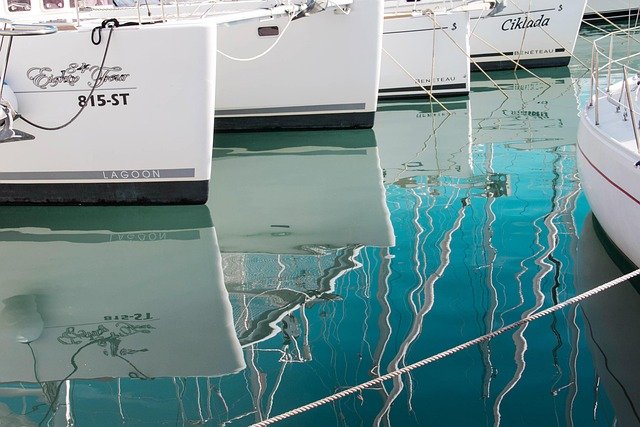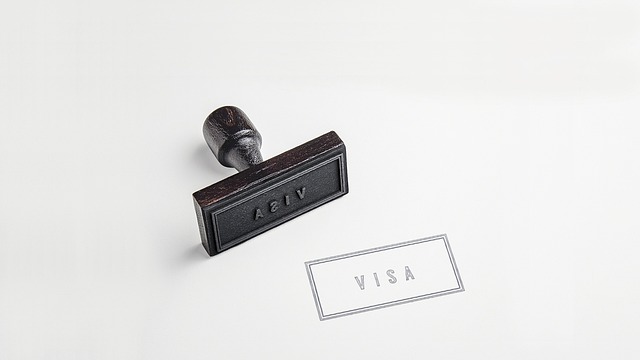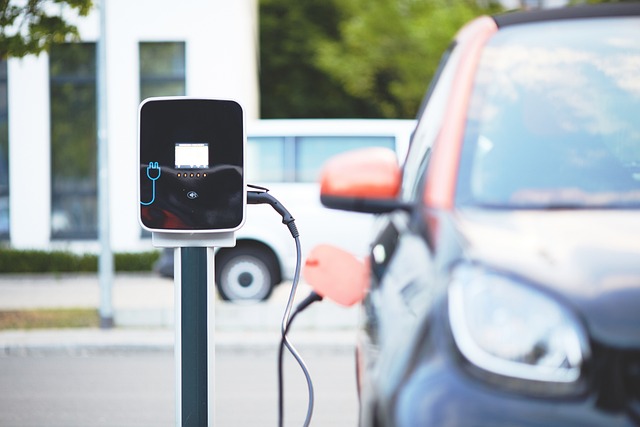Economic aspects of owning a private vessel
Buying a private vessel combines the appeal of sailing and sea travel with long-term financial responsibilities. Understanding upfront purchase costs, ongoing maintenance, marina and berthing fees, insurance and potential refit expenses is essential for realistic budgeting and evaluating options such as a monohull yacht or a catamaran for cruising or charter.

Owning a private vessel brings freedom for cruising and sailing but also a range of predictable and unexpected expenses. Prospective owners should evaluate initial purchase price, transport and brokerage fees, and recurring costs like marina berthing, insurance, routine inspections and maintenance. Factoring in potential income from chartering and possible refit costs for older vessels helps form a balanced financial plan and assess whether a particular yacht or catamaran suits intended use and long-term affordability.
yacht: model choice and depreciation
Choosing the right yacht affects both the purchase price and long-term ownership costs. Larger yachts and luxury models generally depreciate differently than smaller cruising vessels; material of the hull and quality of engines influence maintenance frequency and resale value. Monohull yachts can be less expensive to berth and maintain, while catamaran designs often offer more living space but higher initial outlay and broader berthing requirements. Consider brokerage history and resale trends when evaluating depreciation and total cost of ownership.
sailing and engines: fuel, servicing and operational costs
Even sailing craft rely on engines for manoeuvring and safety, so engine service intervals, fuel consumption and replacement parts are ongoing expenses. Regular servicing of engines, including oil changes, filter replacement and cooling system checks, reduces the risk of breakdowns during cruising. For vessels used for extended trips or liveaboard arrangements, costs for auxiliary generators, heating and fuel storage become significant and should be included in annual budgets.
marina, berthing and anchoring: storage and location costs
Berthing fees in a marina are often one of the largest annual expenses and vary widely by location, season and marina amenities. Long-term berthing provides convenience and access to services but increases recurring costs; anchoring can cut fees but is not suitable for all locations or long-term storage. Additional charges may include utilities, lift-out for winter storage and security. Comparing local services and accessibility helps determine the true cost of keeping a vessel at a particular marina.
hull, keel, inspections, maintenance and refit
Structural upkeep of the hull and keel is crucial for safety and value retention. Regular inspections detect osmosis, corrosion or mechanical wear; antifouling, hull cleaning and occasional sanding or painting are routine maintenance tasks. Older vessels may require refit work—such as replacing rigging, upgrading navigation systems or renovating interiors—which can be a substantial one-off investment. Budgeting for scheduled inspections and a contingency reserve reduces the financial impact of major repairs.
navigation, anchoring and safety systems
Investment in navigation and safety equipment—chartplotters, AIS, VHF radios, lifejackets and life rafts—affects both operational safety and compliance with charter or registration requirements. Anchoring systems and windlasses should be appropriately sized and maintained to avoid emergency recoveries. Electronics age and may need replacing or software updates over time; plan for periodic upgrades to keep navigation and safety systems reliable for cruising and any commercial use such as chartering.
charter, brokerage and pricing
When considering offsetting ownership costs, chartering and resale through brokerage are realistic options that influence required investments and certification. Below is a comparison of common vessel options and service categories with approximate market costs.
| Product/Service | Provider | Cost Estimation |
|---|---|---|
| Beneteau Oceanis (monohull yacht, new) | Beneteau | €120,000–€300,000 |
| Lagoon 42 (catamaran, new) | Lagoon | €450,000–€900,000 |
| Jeanneau Sun Odyssey (cruising yacht, new) | Jeanneau | €150,000–€400,000 |
| Brokerage / Listing fees | YachtWorld, Boats.com | 3–10% of sale price or fixed listing fees |
| Marina berthing (annual average) | Local marinas | €3,000–€30,000 per year depending on region and vessel size |
Prices, rates, or cost estimates mentioned in this article are based on the latest available information but may change over time. Independent research is advised before making financial decisions.
insurance, registration and inspections
Insurance premiums depend on vessel value, cruising area and intended use; charter activity typically increases premium and may require additional safety certification. Registration and flag-state fees vary by jurisdiction and sometimes require inspections or surveys at set intervals. Regular inspections and up-to-date documentation support resale value and may be mandatory for certain operations, so factor these compliance costs into annual budgets.
conclusion
Evaluating the economic aspects of owning a private vessel requires a comprehensive view of purchase price, recurring marina and maintenance costs, insurance and regulatory expenses, and potential refit investments. Comparing models and service providers, planning for inspections and upgrades, and maintaining a contingency fund for unexpected repairs will make ownership financially more predictable. Aligning vessel choice—whether a yacht, catamaran or smaller sailing craft—with intended cruising patterns and potential charter use helps balance enjoyment with long-term affordability.





